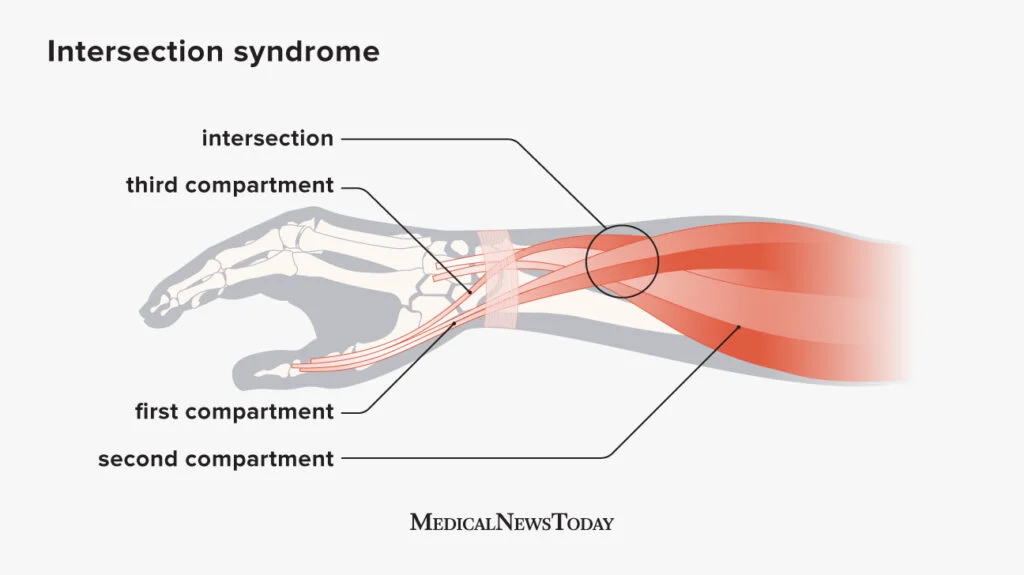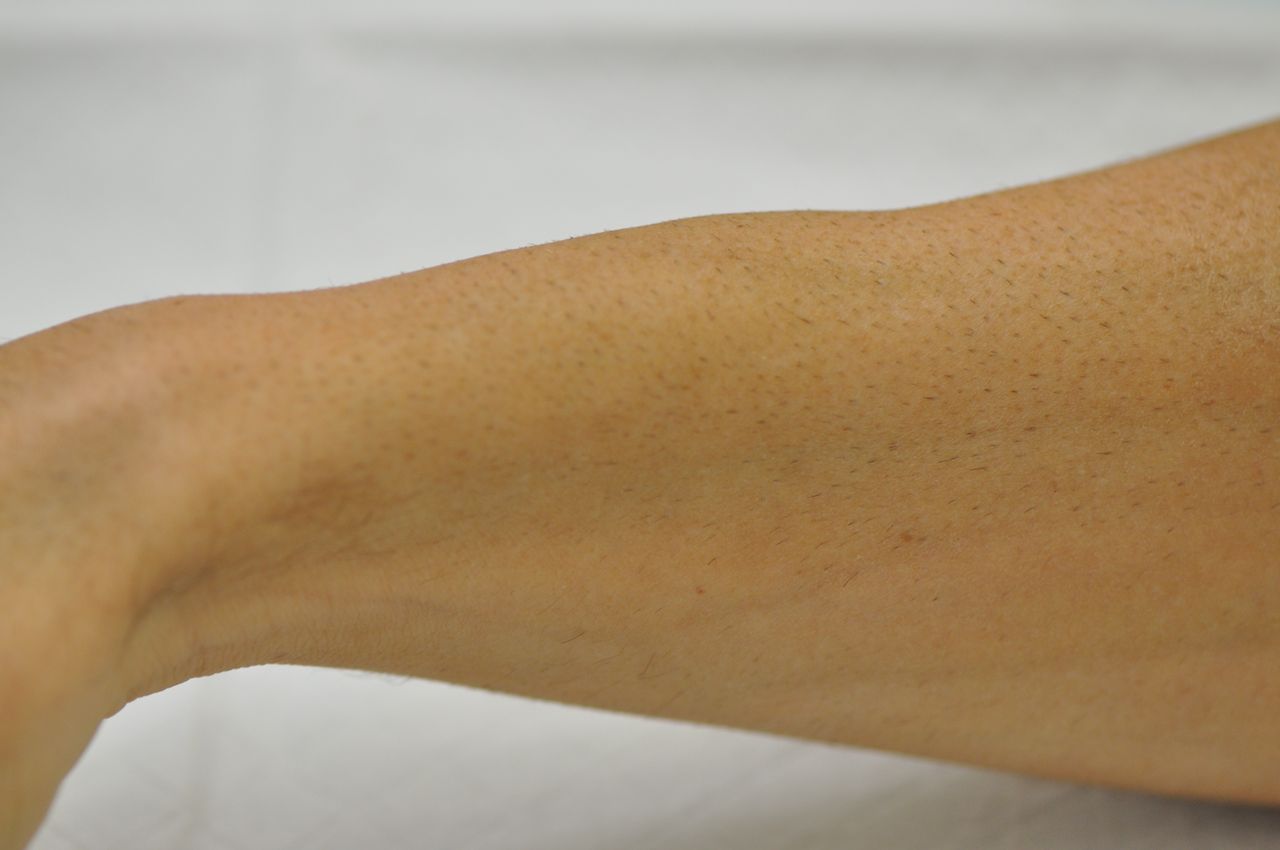
Intersection Syndrome, also known as Squeaker’s Wrist, is a tendon overuse injury common across many manual handling industries. Although often painful and alarming to the injured worker, it can be managed with simple first aid and rehabilitation when diagnosed early. Here are some tips to help your occupational health and safety team.
Intersection Syndrome is a type of tendonitis that involves inflammation of two thumb tendons and the sheaths surrounding them as they cross over each other in the back of the forearm.
How do I recognise it?
- It is characterised by a lump or swelling in the distal third of the forearm (closest to the wrist)
- The worker will present with high reported pain in this region (particularly when bending their wrist), swelling, and possibly a “squeaking” or grating sensation at the swollen area.
Who gets it?
Intersection Syndrome occurs primarily in the following situations:
- Workers new to a role
- Workers returning from a prolonged break (e.g. shutdown periods, holidays, prolonged sick leave)
- Process line workers
- Workers in any role with highly repetitive bending of the wrist (doesn’t need to be heavy work)
- Workers engaged in sporting activities such as rowing, canoeing, skiing, racquet sports, and horseback riding
How can you support workers with intersection syndrome?
Intersection syndrome is quick to respond when the worker avoids aggravating movements.
Here are some suggestions for your first-aid officers, supervisors and OHS managers:
- Immediately move the worker to alternate duties. If caught quickly, they should be able to resume normal duties in less than one week.
- Instruct the injured worker to avoid repetitive wrist and thumb bending actions. They can use their hand if they maintain a neutral wrist position. Otherwise, they may require duties that only need one hand.
- Reassure the worker that this is a common injury that resolves quickly if they can avoid aggravating movements.
- Apply ice to the area. Ice can help decrease pain in acutely inflamed tendon injuries.
- If the worker asks about medication, they can try an over-the-counter anti-inflammatory. Have them ask the chemist for a recommendation.
- Give your First Aid Officers our handy guide to Intersection Syndrome. It offers instructions on how they can perform specific strapping to assist in recovery.
- Finally, if you have an onsite injury management service, ensure injured workers or those with pain are seen by your onsite workplace health provider as soon as possible.
Intersection syndrome is quick to respond when the worker avoids aggravating movements.
What happens when intersection syndrome is not managed well?
Workers can experience a high degree of pain and anxiety with this condition. If not well managed in the early stages, the following situations could potentially lead to further loss of time, claims and delays in recovery:
- Workers will often see a GP who might not have experience with this condition.
- Referring workers for scans and bracing can delay healing and add to the worker’s anxiety and resistance to return to work tasks.
- In some cases, when workers did not get early suitable duties and continued in their normal roles, aggravating the condition, surgery was required for symptom resolution.
Sign up to our monthly enewsletter
"*" indicates required fields


